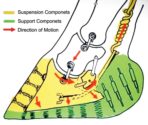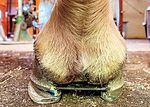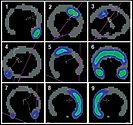Advertise Follow Us
Therapeutic Shoeing
Enhance healing by understanding the influences of trimming and shoeing for therapeutic purposes
Read More
2020 Farrier Business Practices Survey
Full-time Farrier Income Skyrockets
Data from the latest Farrier Business Practices Survey shows an 11% increase in yearly gross income compared with 2 years earlier
Read More
Research Journal: September/October 2020
The information, ideas and opinions expressed are those of the author and do not necessarily represent those of the United States Department of Agriculture.
Read More
Lateral Extension Idea for a Sound Horse Series 1
Creative approach to add lateral extension provides further therapeutic use for indirect glue solution.
Read More
Maximize Hoof Care by Thoroughly Evaluating the Whole Horse
Assess how balance, posture and muscular development effect the hoof capsule
Read More
Hoof Health Hinges on Dynamic Climates
Ever-changing environment can leave your clients’ horses struggling to adapt
Read More
Pressure Plate Analysis Measures Dynamic Weight Distribution
Ghent University researcher’s findings can influence trimming and shoeing for individual hoof-care cases
Read More













